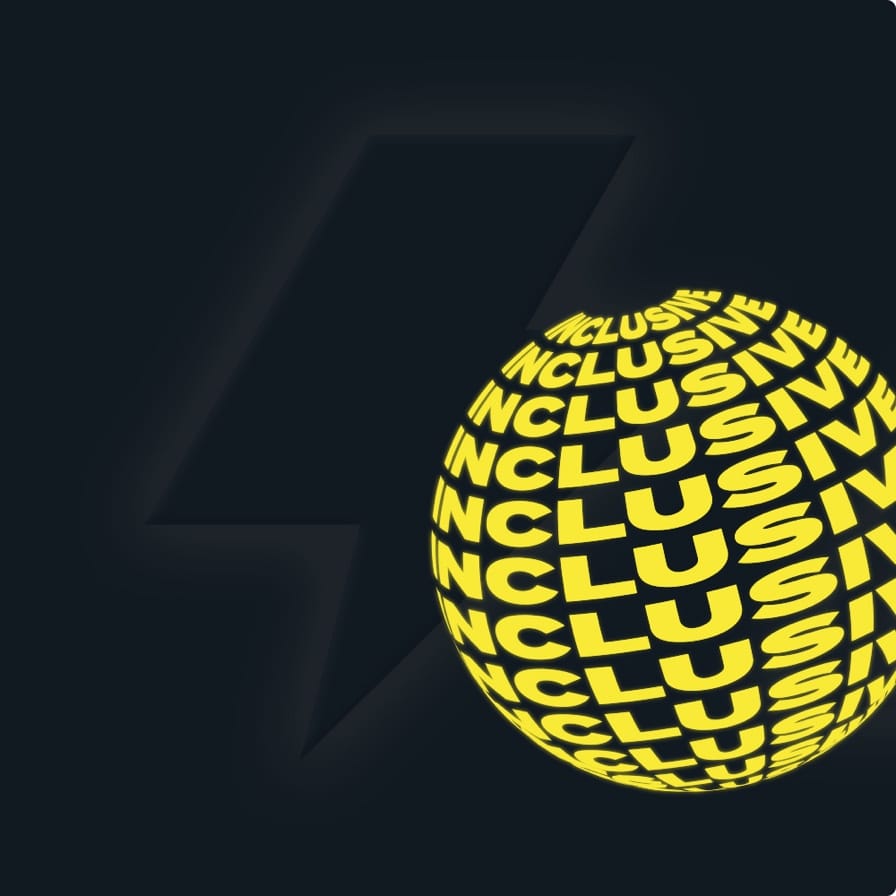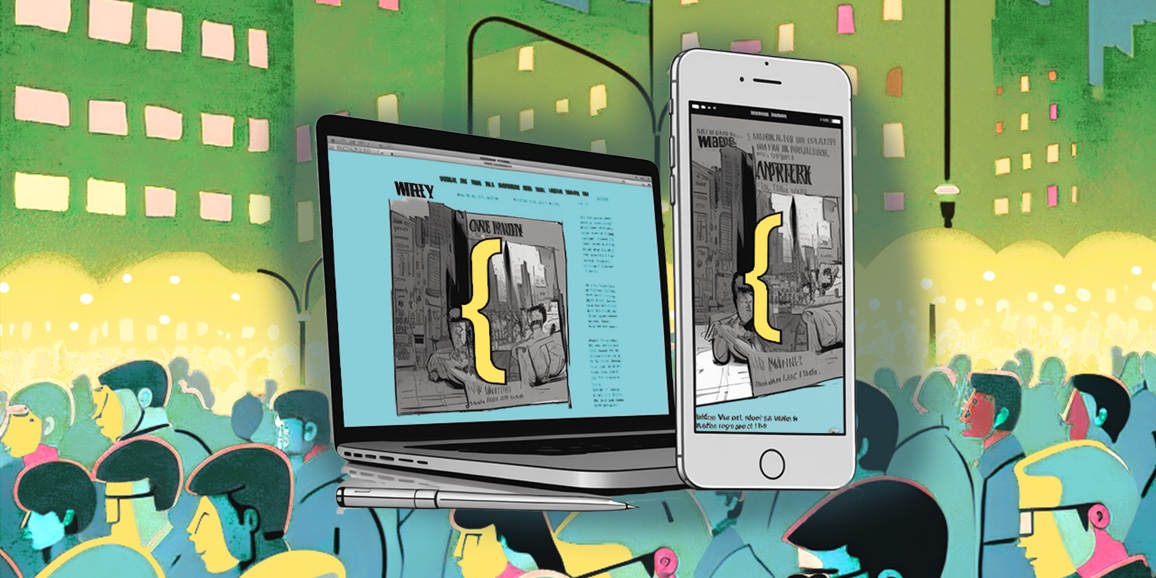Failing to account for accessibility in your digital campaigns now constitutes a no-win situation. At minimum, you’re limiting the size of your brand’s potential audience by providing an exclusive, even discriminatory experience. But at a broader level, your organization is also running the risk of legal consequences, which are costly to both your bottom line and reputation.
And yet, for many agencies, accessibility remains a secondary consideration. Often relegated as an afterthought during design or an extra feature that’s tacked-on after a design has been built, delivering an inclusive experience should be the first priority for any creative partner. More than a means to avoid punishment and bad press, designing for accessibility simply leads to stronger creative work.
But beyond ensuring your design is available to users with different abilities, what does designing for accessibility actually entail? Below, we outline the elements of our approach that ensure each part of a project provides the most inclusive experience possible.
The do’s and don’ts of accessibility design
Brands shouldn’t have to come to a digital agency wondering when to ask about accessibility for their design. Any creative agency should consider the needs of every user from the beginning to provide a baseline for any project.
Considering accessibility from the beginning allows your agency to recognize potential problems before your design progresses. Otherwise, your project could be ready to deploy and found out of compliance after one last accessibility evaluation. From there, you’re left with the choice of going back to the beginning with your design or taking the chance of incurring a costly remediation effort after a legal judgment.
To avoid these issues, We The Collective doesn’t go down creative avenues that will restrict people’s abilities to experience the design. For example, interfaces that animate on scroll are a useful way to capture attention of users. But as appealing as that effect looks, a design that interrupts the functionality of the scrollbar – or "scroll-jacking" – can interfere with the page's usability. Impeding a user’s control over their experience introduces problems for accessibility.
When your stakeholders envision a project’s results, they may have their heart set on features that inhibit core functionality. But if the items topping your wish list threaten your project’s accessibility, your agency needs to communicate what that means. And, most importantly, offer creative alternatives.
Designing for accessibility requires avoiding a one-size-fits-all approach to design and allowing for flexibility. At We the Collective, we're constantly refining our approach as each project provides further detail about what works and what doesn't. As we encounter factors that threaten a project’s accessibility, we communicate this fact and explore alternative approaches to the same design problem.


Accessibility design constitutes a broad spectrum of requirements
As defined in the Web Content Accessibility Guidelines (WCAG) in 2017, compliance with the Americans with Disabilities Act exists on a spectrum.
At one end are sites that meet AAA requirements, which constitute the highest level of compliance. Typically, government and university websites must satisfy the highest standards to deliver equitable experiences to users regardless of their physical condition. At the other end of the spectrum is level A, which is the minimum requirement for accessibility compliance.
To ensure an inclusive experience, your project must lie somewhere between those poles. If your brand’s requirements for a specific project outweigh your agency’s ability to fully meet AAA standards, your creative partner should ensure it appears along the spectrum. We The Collective weighs accessibility into each of the factors we need to consider for your project, including its ending requirements.
Ultimately, accessibility considerations occupy a gray area. WCAG offers best practices for meeting accessibility standards, but there is no single document to follow and guarantee a website is 100% compliant. Instead, your agency can only respond to existing rules and find a solution that works for both your users and your brand.


Designing for accessibility doesn’t require sacrifice
As WCAG standards have become a growing priority, some designers and developers view accessibility as a creative limitation. Fundamentally, this just isn’t true.
The means of expression available to your brand aren’t hampered by a need to consider accessibility guidelines. Instead, if your agency takes a flexible approach and allows your users to control their experience, your project grows stronger. Plus, by allowing users the ability to adjust the experience to suit their needs, your project’s potential audience becomes that much greater.
One of our clients was committed to an end project that responded to users as they scrolled, which resulted in various objects flying into view. Recognizing a potential accessibility issue from the beginning, we worked toward a compromise that resulted in a more accessible project. Instead of using aggressive animations that would restrict the project's audience, we pursued a more restrained approach. Plus, the finished design allows visitors to further control its functionality with a clear option to reduce motion.
As a result, our client still received the results it wanted to see despite a clear conflict with accessibility standards. But their project’s final design offers the flexibility to accommodate each user’s differing needs.
Expertise with WCAG standards is the clearest path toward accessibility
The lack of clear, legal documentation defining accessibility for a given digital experience leaves your brand at a disadvantage. To ensure your project provides an inclusive experience and satisfies the needs of your brief, you need to work with accessibility experts.
At We The Collective, accessibility is not an add-on, it's baked into your design from day one. At every stage of your project, we’ll work to ensure its design meets the highest accessibility standards for your needs. In some cases, the compliance level exceeds what your organization is legally required to meet. In others, we consult the resources we need to ensure your project meets AAA standards.
Unfortunately, designing for accessibility is still a specialization that isn’t offered by every agency. We’re unique in that way, and that works for us. If this sounds like an approach that will work for you, we should talk.



